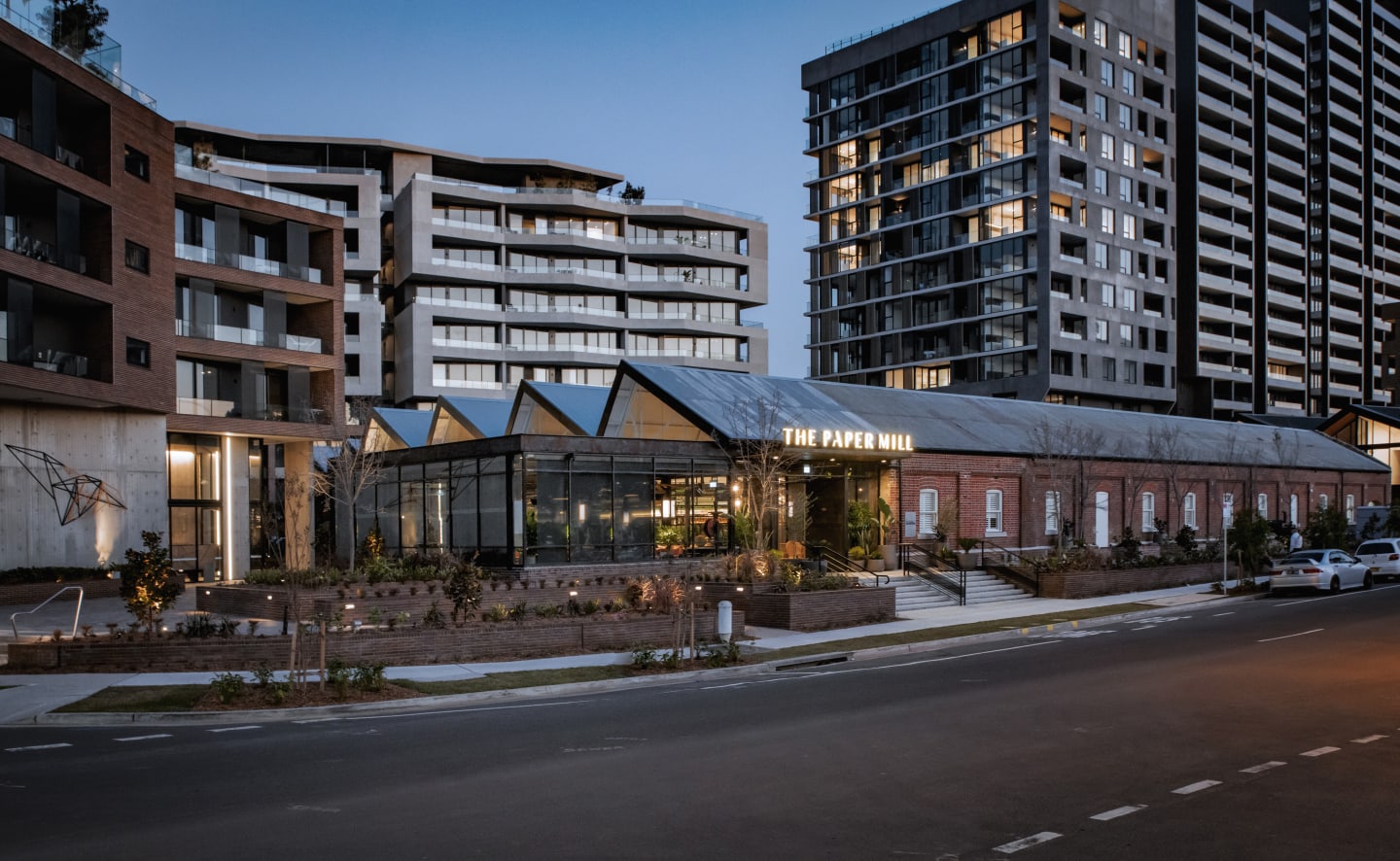The importance of urban regeneration in Sydney's west
Urban regeneration is one of the key drivers in how our cities are shaped.
Urban regeneration, or an urban renewal project, turns disused land or an uninhabited building into something that will positively change to the local community, providing both economic and social benefits. Often, they involve the creation of new dwellings that reinvigorate an established suburb, providing a different kind of offering the suburb hasn't seen before.
Barangaroo is one of the most well known across Sydney, which has seen a stretch of 22 hectares that was once the hub of Sydney's maritime activity transformed into a world renowned destination with the country's most expensive apartments, as well as office towers, a string of high end restaurants, and Crown's recently signed off VIP casino.
Aras Labutis, Head of Urban Transformation at Sydney developer Coronation Property, says an urban regeneration project is not a simplistic application of density.
"Urban regeneration projects typically consider the historical context of the site and incorporate more open space and public amenity such as food and retail offerings,” Labutis says.
"In addition to prospective buyers, the planning of these projects considers the wider community from the outset with the integration of public and recreational amenity you’re less likely to find in single tower-style developments.
"Urban regeneration projects are as much about creating new places for residents to live and work as they are about improving the lifestyle experience of locals and visitors.”
Labutis notes that an urban regeneration project requires a developer to consider many different disciplines at a much larger scale - like how to provide substantial utility infrastructure to the location, site preparation works that often comprise of re-purposing industrial or environmentally sensitive land to suit a new mixed-use, and the economic consideration of a longer duration to deliver the final development.
Coronation Property's first urban regeneration project was the Paper Mill precinct, which was designed to unlock the Georges River foreshore and re-establish the city of Liverpool by transforming an underutilised parcel of industrial land into a vibrant residential and community destination that combined public amenity, architecture, design, and retail.
The revered international design teams of both Woods Bagot and SJB worked on the 15 hectare project, on land which previously homed a cottage built for a convict ship captain in the 1790s. Before it became Australia's first paper mill precinct in 1868, the site was a tent hospital for soldiers and convicts. After the paper mill closed, the main building became a wool mill, before being used for the servicing of cars.
"The curation of open space and retail components in an urban regeneration development are meticulously planned as there is more spatial freedom to create a lifestyle experience," Labutis added. Coronation was able to adaptively re-use The Paper Mill building, one of the only surviving early-20th-century industrial buildings in Liverpool.
"The repurposed heritage mill building pays homage to its heritage through the provision of the original brickwork, a distinctive saw-toothed roof, exposed ceilings, and concrete flooring." The 1,800 sqm building now homes The Paper Mill Food, which has become one of Western Sydney's most popular food hotspots with a number of eateries within the building.
The food precinct received recognition as a finalist in the Urban Renewal category at the 2020 UDIA NSW Awards for Excellence. Coronation purposefully retained the asset, to ensure they had a stake in the future of the development.
Labutis says to get an urban regeneration project right, the developer needs to combine a balance of vision, creativity, and realism in their desire to regenerate a large urban precinct.
"Developers need to have a solid technical plan and the tenacity to allow for the many different facets of the project’s delivery. Everything from the development of the asset on the land through to the commissioning of the project needs to be considered.”
Construction began on The Papermill Precinct's first two residential buildings, of six in total, back in 2015. The fully integrated property developer, who manage everything from site acquisition and planning through to design, construction, sales, leasing and property management, is ready to put the final touches to the project, with the looming completion of The George's Riverwalk, which Labutis says with a viewing platform and pedestrian pathway is comparable to the famous Bondi to Bronte walk.
The Riverwalk currently starts at Casula Powerhouse Museum and is set to finish at Liverpool's Lighthorse Park.
Labutis said Liverpool and Western Sydney have long been forgotten for projects like The Paper Mill precinct, which now homes nearly 900 completed apartments.
"We collaborated with the most distinguished architects and interior designers in the industry to develop and build high-quality, high-design residences, crafted especially for the diverse lifestyles of our buyers and the wider Liverpool community”
“We set out to deliver a heritage-inspired precinct of the highest design standards, with landscaping and amenities to not only provide a home and social spaces for residents, but also a vibrant new destination for Liverpool.”
